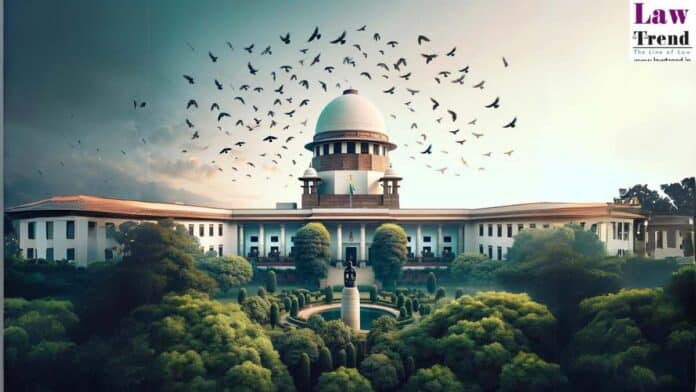In a decisive judgment on November 4th, the Supreme Court upheld the preservation of Navi Mumbai’s green spaces by dismissing a petition by the City and Industrial Development Corporation (CIDCO). The petition challenged a Bombay High Court ruling that prevented the Maharashtra government from reallocating land earmarked for a sports complex to private developers.
Chief Justice of India (CJI) DY Chandrachud, along with Justices JB Pardiwala and Manoj Mishra, emphasized the critical importance of preserving urban green spaces in rapidly expanding cities. “We need some green spaces for our children, especially in cities like Mumbai,” CJI Chandrachud stated during the hearing, underscoring the necessity of such areas for recreational and ecological balance.
CIDCO, tasked with developing Navi Mumbai as a satellite city, faced significant judicial pushback for its plan to convert the designated sports complex land into commercial and residential developments. The Supreme Court criticized the proposal to move the sports complex to Mangaon in Raigad district, nearly 115 kilometers away, questioning the practicality of such a distance for a facility meant to serve the local community.
The apex court’s ruling aligns with the Bombay High Court’s decision from July, which also supported maintaining designated green spaces against commercial interests. The High Court had stressed the importance of sports facilities for individual and community health, challenging the state’s decision to prioritize commercial development over public welfare.
During the proceedings, Solicitor General Tushar Mehta, representing CIDCO, argued that the Bombay High Court had exceeded its jurisdiction in making land use decisions. He suggested that the proposed site for the sports complex was insufficient and that an alternative location had already been designated. However, the Supreme Court dismissed these arguments, affirming the need to preserve urban green areas.
The Supreme Court’s verdict not only prevents the transfer of the sports complex land to developers but also allows the previously allotted private builder to seek a refund, providing a clear directive on the management of public lands in urban settings.




